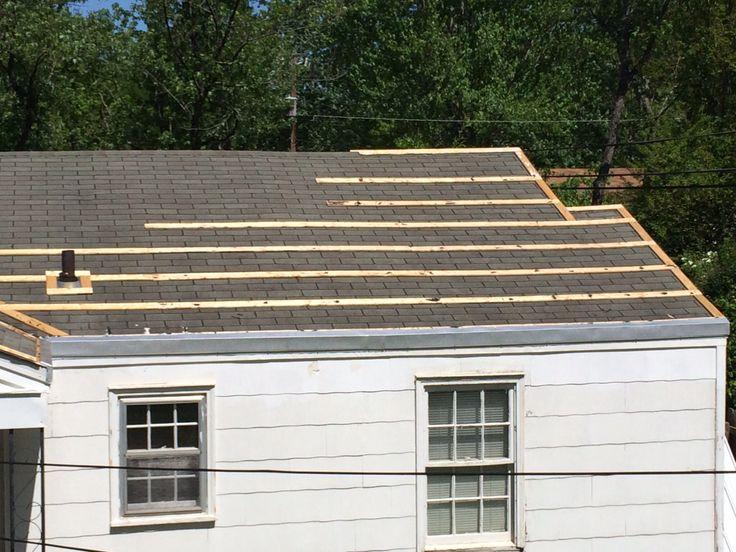Are you considering giving your old, worn-out shingle roof a new lease on life with a sleek and durable metal roof? The idea of replacing your existing shingles with metal is an excellent choice, but many wonder if it’s possible to install a metal roof directly over shingles without furring strips. In this article, we will explore the feasibility, benefits, and steps involved in making this transformation to your roof.

Why Choose a Metal Roof Over Shingles?
Before delving into the specifics of installing a metal roof over shingles without furring strips, let’s first understand why you might opt for this option.
- Cost-Efficiency: Installing a metal roof over your existing shingles can be more cost-effective than a complete tear-off and re-roofing project. You save on labor and disposal costs, making it an attractive option for budget-conscious homeowners.
- Time Savings: The installation of a metal roof over shingles is generally faster than a full roof replacement, as it eliminates the time-consuming process of shingle removal.
- Environmental Considerations: By choosing not to remove the shingles, you can reduce the waste generated during a roofing project, making it an environmentally responsible choice.
- Insulation Benefits: The layer of shingles beneath your metal roof can act as an additional insulating barrier, helping to keep your home cooler in the summer and warmer in the winter.
Can You Install a Metal Roof Over Shingles Without Furring Strips?
The short answer is, yes, it is possible to install a metal roof over shingles without furring strips. However, there are essential considerations and steps to follow to ensure a successful project.
- Shingle Condition: Before proceeding, assess the condition of your existing shingles. If they are severely damaged, warped, or have an uneven surface, it’s not advisable to install a metal roof directly over them. In such cases, removing the shingles is the better choice.
- Roof Deck Inspection: Ensure that the roof deck, typically made of plywood or oriented strand board (OSB), is in good condition. Repair or replace any areas with rot or damage.
- Attachment Method: Securely attach the metal roof to the roof deck. Usually, accomplish this using screws and suitable roofing fasteners. It’s crucial to follow the manufacturer’s guidelines for installation to ensure a watertight seal.
- Underlayment and Ventilation: To prevent moisture buildup, a self-adhering underlayment or synthetic roof underlayment should be installed over the shingles. Proper ventilation is also important to prevent heat and moisture from getting trapped.
The Installation Process
Installing a metal roof over shingles without furring strips involves several steps:
- Preparation: Clean the existing shingle roof, removing any debris or loose shingles. Ensure that all flashing, vents, and roof penetrations are in good condition.
- Underlayment: Install the underlayment over the shingles, starting from the eaves and working your way up. This provides an additional moisture barrier.
- Metal Roof Installation: Begin installing the metal panels according to the manufacturer’s guidelines. Make sure to fasten them securely to the roof deck.
- Flashing and Trim: Properly install flashing around roof edges, valleys, and any roof penetrations. Trim work is essential for a neat and finished appearance.
- Ventilation: Ensure proper roof ventilation to prevent heat and moisture buildup, preventing damage to the roof and structure.
- Inspection: After completing the installation, thoroughly inspect the roof to check for any issues and ensure that it’s watertight.
Conclusion
In summary, installing a metal roof over shingles without furring strips is a cost-effective and time-saving option for roof upgrades. Assess your shingles’ condition, follow proper installation steps like underlayment and ventilation for project success. A correctly done installation offers benefits like durability, energy efficiency, and a modern look without a full roof tear-off.



Leave a Reply